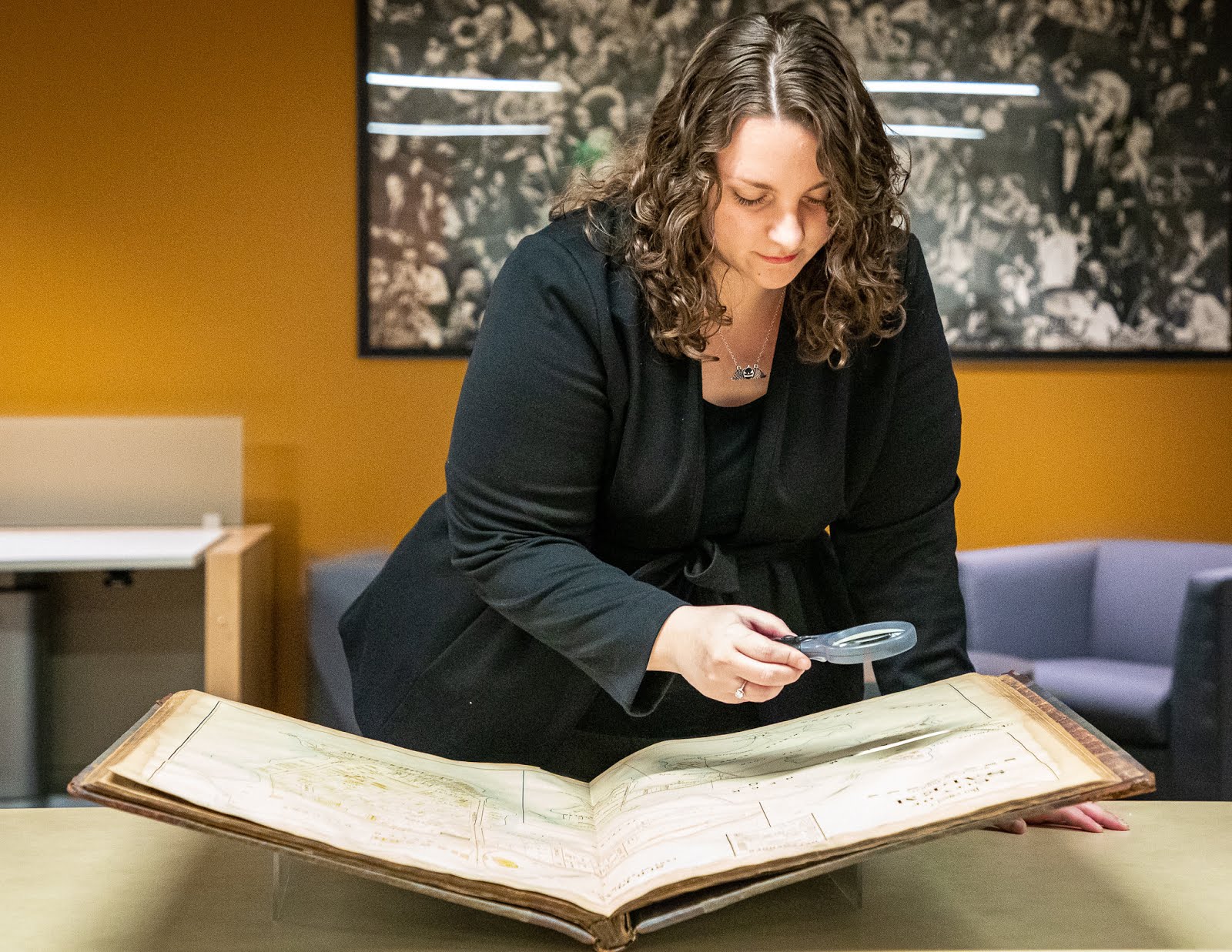 |
| Frank Cousins, Almshouse on Salem Neck, c. 1890. Digital Commonwealth, Phillips Library. |
The last almshouse to be built in Salem, opened in 1816 on Collins Cove. It was
large — five stories — and was designed by Charles Bulfinch of Boston.
The almshouse building was razed in 1954, and the adjacent hospital in the
1980s to make way for the Collins Cove
Condominium Complex. Many locals recall playing among the headstones as
children while the site sat unused. During construction of the condo complex,
at least five headstones were reported to have been uncovered, yet their
whereabouts are unknown. The burial site remains unmarked and is only
identifiable by the remnant of a single slate headstone. The names of those who
rest here have yet to be discovered, though with additional research their
identities may be revealed.
UPDATE: Jen Ratliff, with the assistance of Historic Salem, Inc. has reached out to the City of Salem and Collins Cove Condo Association to request the burial ground be properly marked and honored. This request received the support of the Historical Commission on 11/6/2019. The City is working toward erecting a memorial and informational sign to honor this site.
UPDATE: View the Almshouse Burial Ground Memorial Proposal and Letters of Support
MEDIA:
 |
Excerpt from 1815 report requesting a new Almshouse
City of Salem Archives
|
Bulfinch’s almshouse was intended to house 100 residents, many of whom were
expected to work the adjacent farm to offset the cost of their stay. In 1884,
after years of overcrowding, an additional building, designed by W.D. Dennis,
was built on the property to serve as a hospital for contagious diseases. In all,
the site was active for over a century and burials are often referenced in city
documents. This cemetery would have served as the only option for patients who were unable
to afford a funeral or that had no family to claim their remains.
 |
| Hospital for Contagious Diseases, c. 1980 Jim McAllister |
 |
| Collins Cove Condominium Complex, 2019 |
UPDATE: View the Almshouse Burial Ground Memorial Proposal and Letters of Support
MEDIA:
- Salem State University: "Local Historian and Salem State Alumna Jen Ratliff Discovers Burial Site on Collins Cove" January 2020
- The Salem News: "Forgotten Graveyards" November 2019
- Almshouse and Hospital for Contagious Diseases Burial Ground Research Packet, 2019
*Please respect this site and do not trespass on private property.




























Social Icons